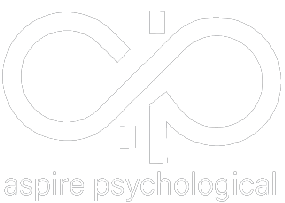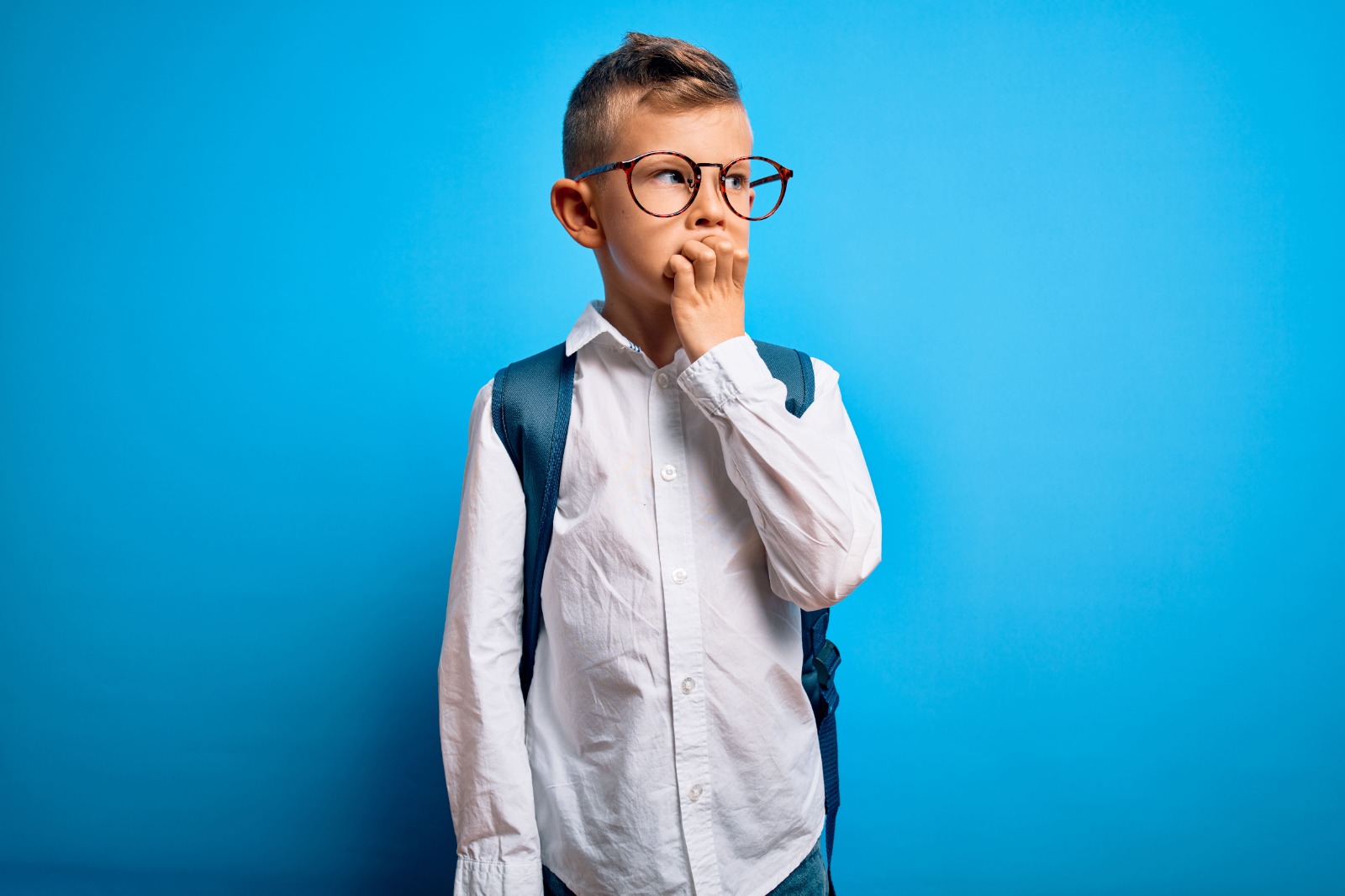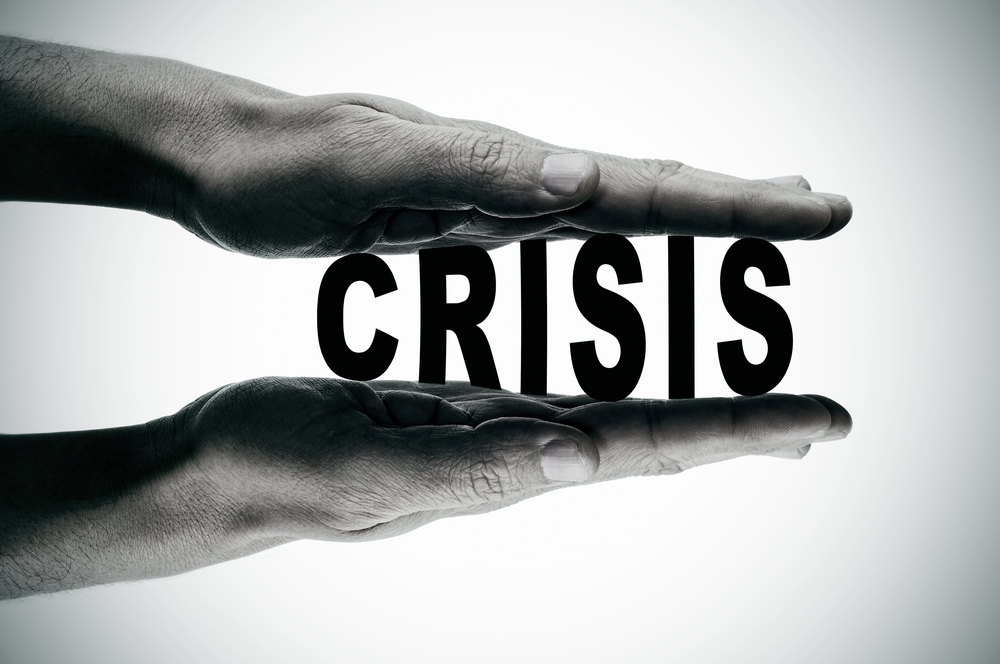Anxiety is described as being an emotional reaction to potential threats. It is built into our DNA as a mechanism of self-preservation. Similar to fear, anxiety can protect us to a certain degree by helping us avoid dangerous circumstances. But sometimes, anxiety can get the better of a person. When that person is a child, normal anxiety can lead to an anxiety disorder.
Did you know that there is more than one type of anxiety disorder? As clinicians, one of our jobs is to recognize the type of anxiety a child is dealing with so that it can be treated appropriately. Identification is the first step to helping a child overcome whatever is making them anxious.
1. General Anxiety
A child is most likely to be diagnosed with a general anxiety disorder after displaying excessive fear and worry relating to a variety of daily experiences. In other words, a child with a general anxiety disorder is fearful of many routine things. That fear gets the best of the child and emotional responses become the norm.
A common symptom of this particular type of anxiety is excessive worry about the future. A child will worry about tomorrow, something at the end of the week, and even something the family is planning for months down the road. It is also worth noting that the particular things that trouble a child with a general anxiety disorder can change over time.
2. Separation Anxiety
A child might display a measure of anxiety at a young age in the form of separation anxiety. This particular type of anxiety is normal and expected. It typically begins at 8-12 months of age. It is typified by emotional outbursts when a child is taken away from parents.
Separation anxiety disorder is an extreme manifestation of separation anxiety that lasts well beyond the toddler years. When a child is still anxious about being separated from family as an elementary school student, there is a good chance they are experiencing separation anxiety disorder.
3. Social Anxiety
When kids display fear over social situations in which they believe they may not be accepted, they are experiencing social anxiety. This is normal. But when typical social anxiety becomes an intense fear of rejection, a child could be displaying social anxiety disorder. A child with this disorder is so uncomfortable with social situations that avoidance is the best tactic. The child consistently struggles to interact with anyone outside of the home.
4. Panic Disorders
Some children are unfortunate enough to experience a combination of excessive anxiety and panic attacks. When episodes are frequent, a child could be experiencing a type of anxiety we describe as a panic disorder. Panic disorders are typified by extreme anxiety and fear coupled with physical symptoms including dizziness, shortness of breath, and heart palpitations.
5. Phobia Disorders
Last on the list are phobia disorders, a type of childhood anxiety manifested by an excessive fear of something specific. Phobia disorders can involve anything from stormy weather to neighborhood dogs. They are typified by an extreme level of fear that is disproportionately greater than any real threat the child might face. Note that phobia disorders can involve just one specific thing or be more general in nature.
At Aspire Psychological, we strive to help parents and their children identify and understand anxiety disorders. We help children overcome their fears and anxieties through a variety of therapies designed to teach them how to regulate emotional responses. We would be happy to consult with you and your child at your earliest convenience.





